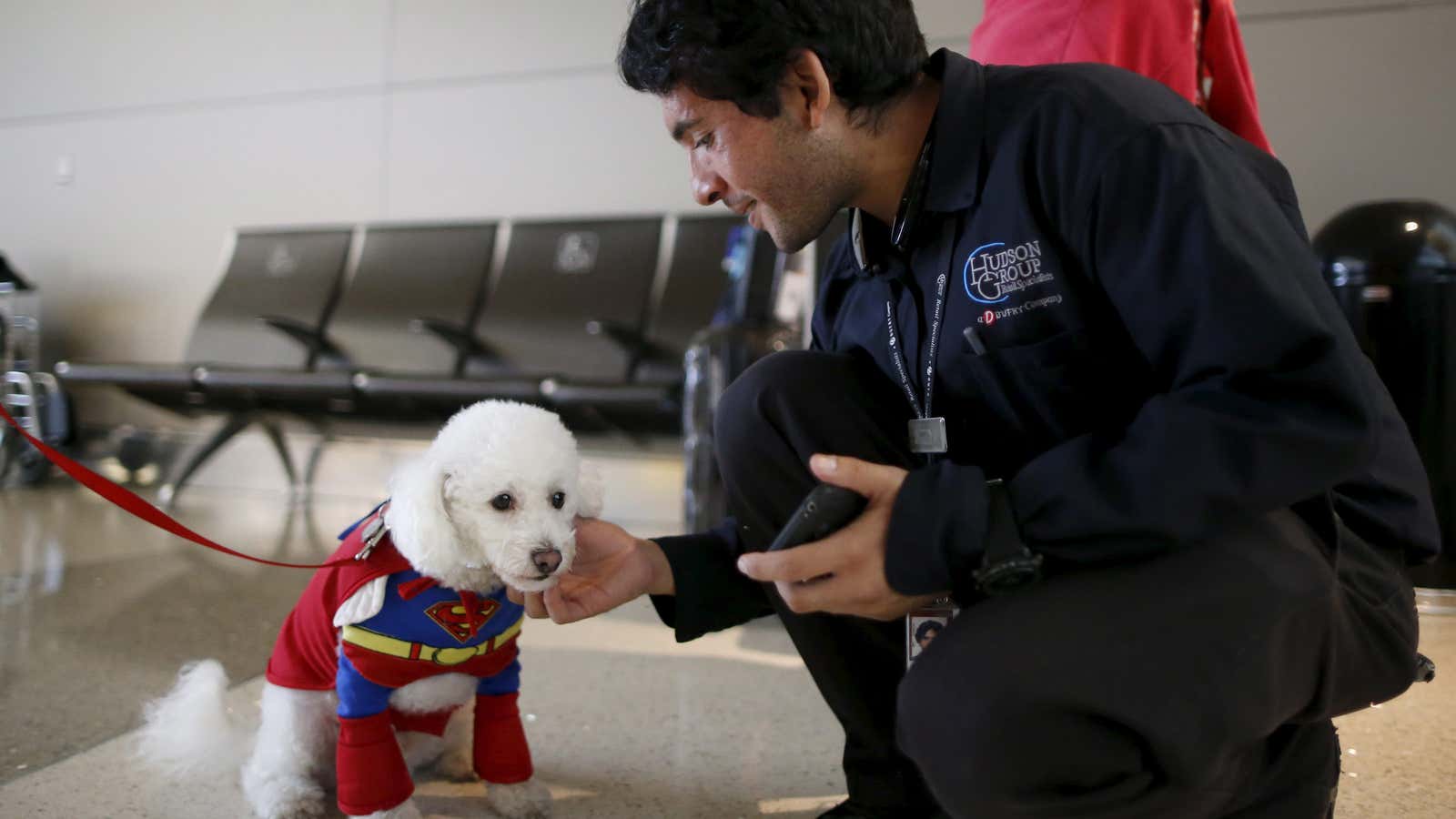In preparation for an expected 40 million visitors during Tokyo’s 2020 Olympic games, the Japanese government has launched a national toilet improvement campaign.
A good restroom is a high expression of Japanese hospitality or omotenashi; in 2015, the national government established an annual “Japan Toilet Grand Prize” to encourage innovations in toilet technology. The new campaign focuses on public facilities, and aims to redesign “comfort rooms” for all types of users from around the world.
Japan is already world-famous for its high tech Toto washlet toilets—a delightful self-cleaning unit with heated seats, dryers, and deodorizers. But the government’s challenge in preparation for the Olympics is to rethink the entire experience—from mitigating lines in bathrooms to standardizing toilet icons.
Tokyo’s Narita airport is the first to be overhauled for the Olympics, with its “total toilet makeover” drive. New “designer restrooms” opened at the Narita International Airport earlier this month, featuring not the singing toilets, beeping bidets or sanitary wipes for smartphones that have awed visitors to Japan in the past, but rather thoughtfully-considered accessibility features.
Two new bathrooms in Narita’s Terminal 2 include a voice-guidance system that talks blind users through the space, and a light alert system to help signal to the deaf in emergencies. There are also designated double-wide stalls for travelers with service animals. These pet-friendly units have leash hooks, pet mats and cans for dog waste disposal, Japan Times reports.
“We decided to equip all bathrooms with universal design and renovate the toilets as well,” Naoki Ohata, spokesperson for the Narita Airport. Universal design means eliminating barriers for the most number of users. Universal design touches (pdf) in Narita’s airport restrooms include:
- Directions for visually impaired
- Braille and tactile information panels
- Toilet bowls with handrails
- Hooks for putting canes and umbrellas
- Space for putting belongings
- Lowered washbasins
- Wider stalls so you can change clothes
- Children’s toilet facilities
- Wheelchair compatible toilets
- Emergency alarms
- Ostomate facilities
- Beds
Narita has earmarked ¥5 billion ($46 million) to refurbish the airport’s remaining 148 bathrooms. Japan’s busiest international hub also announced plans to phase out traditional washiki squat-toilets in favor of traditional Western-style units.
Even after the Olympics, these improved facilities will be vital to Japan’s increasingly infirm population. “Japan is working to make cities more accessible and livable because the population is aging,” explains Atsushi Kato chairman of the lavatory research center Japan Toilet Labo to Japan Times. “Everyone is trying to create a society where the elderly can enjoy being outdoors, travel or shop.”
